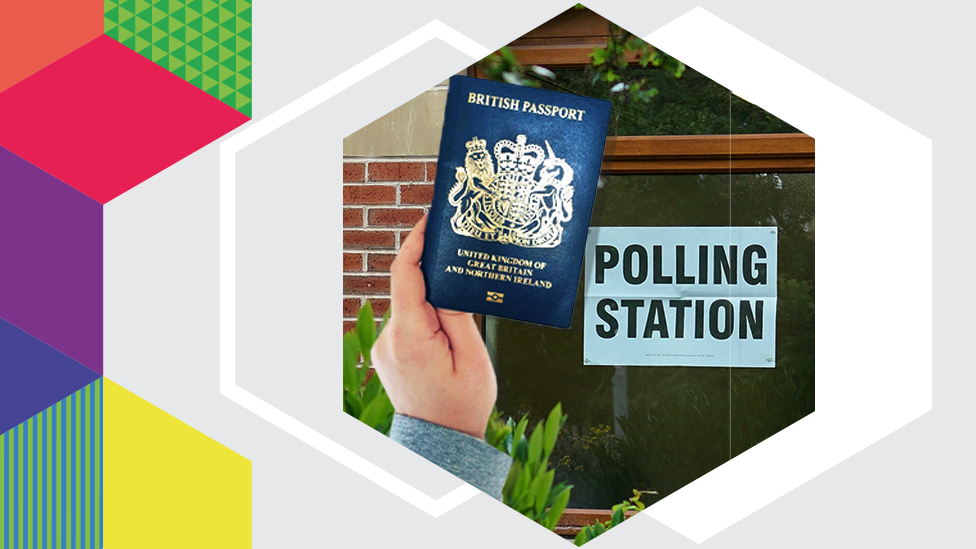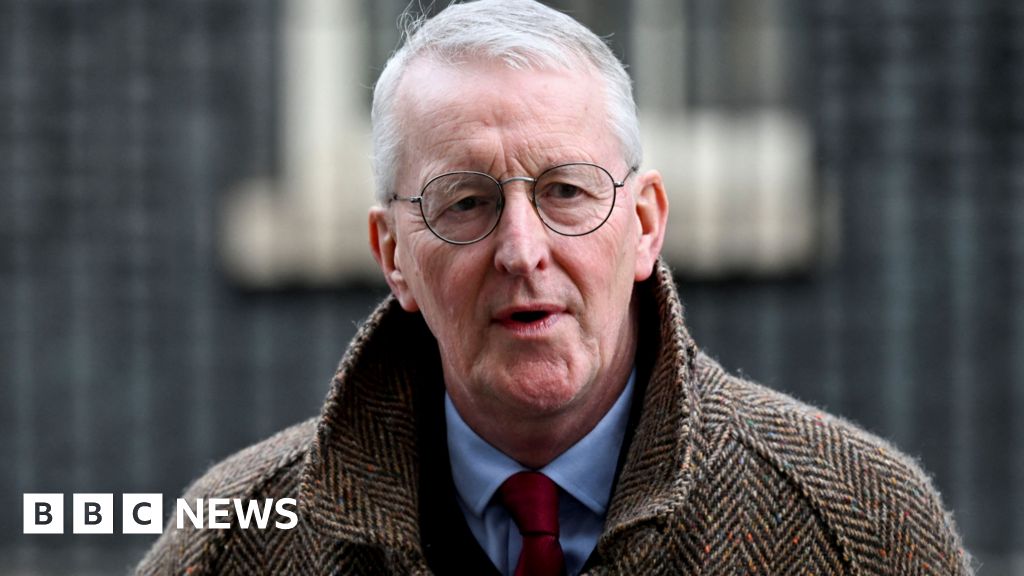ARTICLE AD BOX

People in England will need to show photo ID before being allowed to vote at the local elections on 4 May.
The government says the new law will help prevent voter fraud but critics claim the changes will make it harder for some to vote.
What are the new voter ID rules?
Voters will need to show photo ID to get their ballot paper in polling stations at local elections, police and crime commissioner elections, and parliamentary by-elections.
From October the requirements will also apply to any future general elections.
You don't need to show ID if voting by post.
Why do I need ID to vote?
The government said the measure would stop votes being stolen, although this is quite unusual in the UK.
Since 2018, there have been 1,386 cases of alleged electoral fraud reported to the police, according to the Electoral Commission. These led to nine convictions and six police cautions.
The commission said in the past five years there had been "no evidence of large-scale electoral fraud", although some Conservative MPs claim the statistics underplay the issue.
What documents can you show as photo ID?
- passports
- driving licences
- Older or Disabled Person's bus passes
- Oyster 60+ cards
What if I don't have an acceptable form of ID?
You could exchange a paper driving licence for a photocard or apply for a photocard travel pass if you're aged 60 or over, disabled, or registered blind or partially-sighted.
But if you don't have the right photo ID, or the picture doesn't look like you anymore, you can apply for a free voter ID document, known as a Voter Authority Certificate.
You need to provide your name, date of birth, address, and a recent passport-style digital photograph.
You will also be asked for your National Insurance number but if you don't know it, or don't have one, a birth certificate, bank statement or utility bill will do.
How do I apply for a voter ID document?
First you need to register to vote. You can do that online or by filling in a paper form and the deadline is 23:59 GMT on Monday 17 April.
You can then apply for a voter ID document online or by post. The deadline is 17:00 GMT on Tuesday 25 April 2023.
Why has voter ID been criticised?
The plan was put forward by the Conservative-led government to "protect the integrity of the ballot box".
Although most people have some form of accepted photo ID, an estimated two million people don't, and opposition MPs believe the changes will make it more difficult for them to vote.
The Electoral Commission warned the new rules risk creating a barrier to those who vote anonymously and people who are disabled, older, experiencing homelessness, trans or non-binary, or from Gypsy, Roma or Traveller backgrounds.
The Electoral Reform Society has suggested younger voters might be disproportionately affected - highlighting that older people can use bus passes and 60+ Oyster cards as ID but young people can't use their railcards or student Oyster cards.
The Local Government Association (LGA) - which represents local authorities - also says the practical difficulties faced by councils enforcing ID checks on polling day "should not be underestimated".
Has voter ID been trialled before?
In England, it was trialled at the 2018 and 2019 local elections.
In both years, participating councils required voters to bring a form of identification.
The Electoral Commission said many of the people who were initially refused a ballot for not having ID did return with it later, and the number of those that didn't was fairly small.
Photo ID has been mandatory in Northern Ireland since 2003 due to in-person electoral fraud. A free electoral ID card was created.
Most European countries require all residents to have national ID in any case.
In the US, 35 states require some form of ID to vote but only about half of those specify it must be photo ID.

 1 year ago
27
1 year ago
27








 English (US) ·
English (US) ·